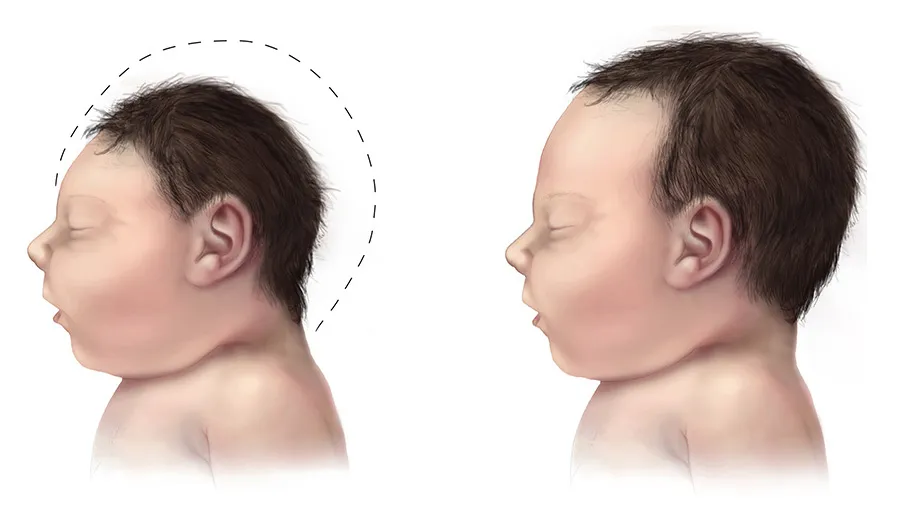When it comes to your child’s health, any anomaly can be a cause for concern, no matter how innocuous it may initially appear. Thrush, a fungal infection affecting the mouth or throat, is one such condition that may go unnoticed until it becomes uncomfortable or even painful. As a pediatrician specializing in obesity medicine, I aim to arm you with comprehensive insights into this common yet frequently misunderstood condition: what it is, how it manifests, and what you can do about it.

What is Thrush?
Thrush is a fungal infection caused by the Candida species, most commonly Candida albicans. Although Candida naturally resides in the mouth and gastrointestinal tract, an imbalance can cause the yeast to grow out of control, leading to thrush.
Causes and Risk Factors of Thrush
Causes
- Antibiotic Use: Can disrupt the normal balance of microflora.
- Weak Immune System: Leaves the body less able to control Candida growth.
- Oral Contact: Particularly in infants through bottle nipples or pacifiers.

Risk Factors
- Infancy: Infants are especially susceptible.
- Chronic Conditions: Conditions like diabetes can increase risk.
- Medications: Immunosuppressive medications can lead to thrush.
Recognizing Thrush: Signs and Symptoms
- White Patches: Creamy white lesions on the tongue, inner cheeks, or tonsils.
- Pain: The lesions may be painful and may bleed slightly when scraped.
- Difficulty Swallowing: In severe cases, it can spread down the esophagus.
- Bad Breath: Foul or unpleasant breath is another indicator.
- Loss of Taste: Some children may complain of taste changes.
Diagnosis and Treatment
Diagnostic Measures
Clinical Examination: Inspection of the oral cavity.
Microbiological Tests: Swabs and cultures can confirm Candida.
Blood Tests: Rarely used but may be necessary for recurrent cases.
Treatment Options
- Antifungal Medications: Nystatin oral suspension is commonly used.
- Good Oral Hygiene: Encourage regular mouth cleaning.
- Dietary Changes: Reducing sugar may help control the growth of Candida.
Thrush Prevention: A Multifaceted Approach
- Regular Dental Check-ups: For early detection and management.
- Probiotics: May help maintain a balanced microflora.
- Hygiene: Sterilize things the baby puts into their mouth.
- Monitor Antibiotic Use: Only when prescribed by a healthcare professional.

Concluding Thoughts: Ignorance is Not Bliss
Knowledge is indeed power when it comes to safeguarding your child against conditions like thrush. Understanding the nature, signs, and treatment of this fungal infection not only facilitates swift medical intervention but also empowers you to take preventive measures.
References
- American Academy of Pediatrics: Oral Health
- CDC: Candida infections of the mouth, throat, and esophagus
- Journal of Oral Microbiology: Candida and Candidiasis
Disclaimer: The information in this article is for educational purposes only and should not replace professional medical advice.



